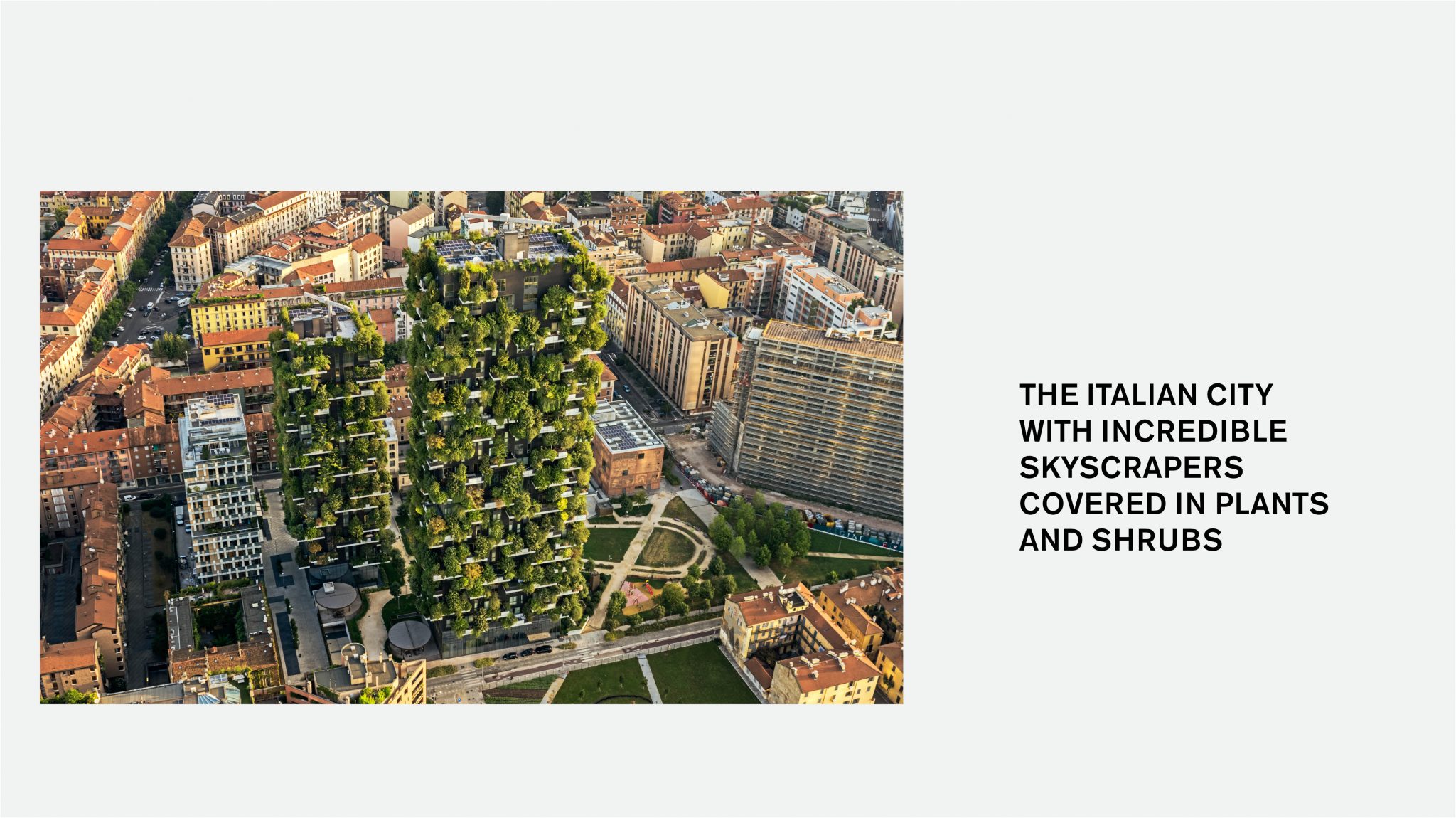
The New York Times Post site publishes an article on the Vertical Forest, mentioning the 10th anniversary of the new architecture of biodiversity, which focuses not only on humans, but on the relationship between humans and other living species.
The first case built, in Milan in the Porta Nuova area, in 2014, consists of two towers, 80 m and 112 m high, housing a total of 800 trees, 15,000 perennials and/or wallflowers and 5,000 shrubs. A vegetation equivalent to that of 30,000 square metres of forest and undergrowth, concentrated on 3,000 square metres of urban area.
The Vertical Forest, as the New York Times Post article also underlines, is thus also a device to limit city sprawl induced by the search for greenery (each tower is equivalent to about 50,000 square metres of single-family houses).
In contrast to ‘mineral’ façades made of glass or stone, the vegetal screen of the Vertical Forest does not reflect or amplify the sun’s rays, but filters them, generating a cosy indoor microclimate without harmful effects on the environment. At the same time, the green curtain ‘regulates’ humidity, produces oxygen and absorbs CO2 and particulate matter.
The Vertical Forest concept, i.e. being ‘a house for trees that also houses humans and birds’, defines not only the urban and technological characteristics but also the architectural language and expressive qualities of the project.
For more information: https://www.nytimespost.com/the-italian-city-with-incredible-33m-skyscrapers-covered-in-plants-and-shrubs/
